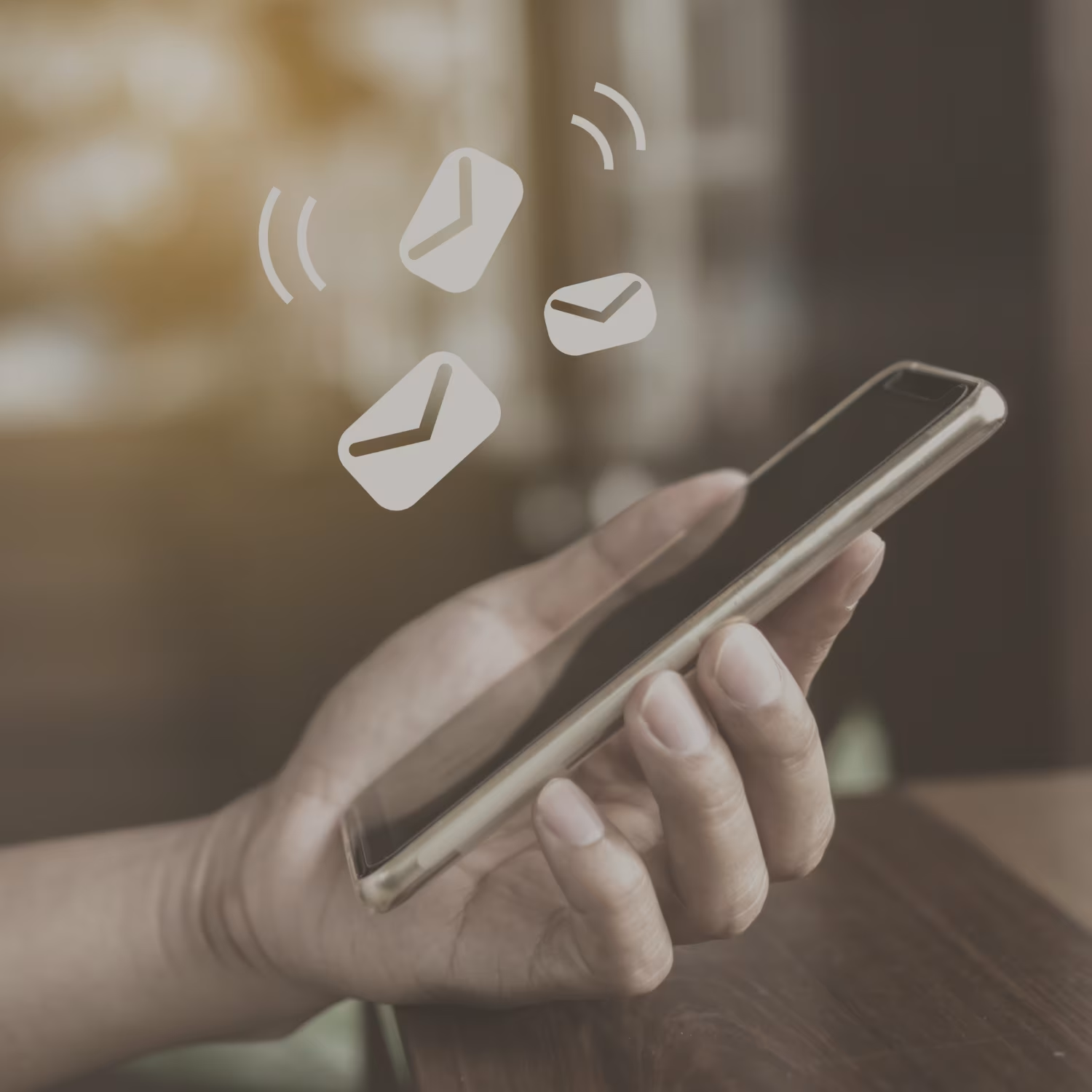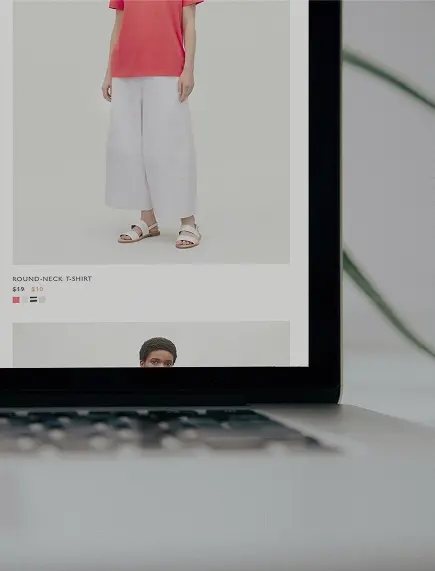Beyond the Booking: Why a Unified Omnichannel Strategy is Essential for Today's Travel Industry


The modern traveler’s journey is no longer a simple, linear path from A to B. It’s a sprawling, interconnected experience that begins with a spark of inspiration and extends long after the suitcase is unpacked. Today’s travelers are constantly connected, seamlessly blending interactions across apps, websites, and the real world. For travel and tourism companies, this presents a critical challenge: communicating with customers in a way that feels cohesive, personal, and supportive at every single step.
Unfortunately, many brands fall into the “remarketing silo trap,” where single-channel communication leads to disjointed experiences, missed opportunities, and ultimately, frustrated travelers. The solution lies in adopting a true omnichannel marketing strategy—one that unifies every touchpoint into a single, intelligent conversation.
Building a Foundation for Seamless Travel Experiences
An omnichannel approach is not simply about being present on multiple channels; it’s about making them work in concert. This requires a foundation built on three key pillars:
- Unified Data: A central hub, like a Customer Data Platform (CDP), that gathers insights from all interactions.
- Smart Technology: Tools for automation, segmentation, and AI-driven optimization.
- A Clear Strategy: An integrated plan for using channels like apps, web, email, SMS, and push notifications to create a seamless customer flow.
By connecting all touchpoints in one solution, companies can design and execute customer journeys tailored to the unique preferences and behaviors of each individual.
The Power of True Personalization
A unified strategy unlocks a level of personalization that goes far beyond using a customer’s first name in an email. It’s about leveraging real-time behavioral data to anticipate needs and deliver the right message at exactly the right moment.
Imagine sending a traveler who just booked a flight to Tenerife an app push notification with a personalized offer to rent a car for their stay. Or, for a customer who has upgraded their flight, an SMS could offer an additional baggage allowance. This level of hyper-relevant assistance transforms the customer experience, leading to deeper loyalty, higher engagement, and an increased customer lifetime value.
Omnichannel Marketing in Action: Real-World Success Stories
Leading travel and tourism companies are already proving the value of this approach.
1. Grupo Xcaret: Driving Leads with Web Push
Leisure and hospitality giant Grupo Xcaret wanted to capture more leads from its website and run personalized promotional campaigns.
- Strategy: They implemented a web push service to engage with anonymous website visitors, segmenting them based on browsing behavior. This was integrated with Salesforce Marketing Cloud, allowing web push notifications to be sent as part of a larger customer journey that also included email.
- Results: The project successfully reached 13.5 million devices and generated over 100,000 clicks. Its success has led to plans for expansion into the company’s hotel division.
2. WiBLE: Increasing Bookings with WhatsApp Business
In the highly competitive car-sharing industry, WiBLE needed an immediate and efficient way to communicate with users to drive direct bookings.
- Strategy: The company deployed a comprehensive WhatsApp Business platform. This included an automated chatbot for frequently asked questions, a contact center with live agents for more complex issues, and proactive API messages for booking confirmations and accident alerts.
- Results: This created a fast, secure, and efficient service that boosted customer confidence and improved the user experience. Proactive messaging also led to a 34% reduction in unpaid traffic fines, showcasing the platform’s utility beyond just bookings.
3. Alsa: Fostering Loyalty Through App and Web
Alsa, a leading passenger transport operator, undertook a digital transformation to stay competitive.
- Strategy: Alsa uses web push notifications to attract new leads from an audience of over 1.1 million devices. Simultaneously, it nurtures its “Alsa Plus” loyalty members through personalized in-app notifications, a dedicated inbox for promotions, and customized in-app experiences for its 923,000-device audience.
- Results: This dual strategy has been highly effective, achieving a maximum click-through rate of over 5% and conversion rates ranging from 2% to 10%.
The Journey Ahead
For travel and tourism companies, the path forward is clear. To win the loyalty of the modern traveler, you must move beyond siloed channels and embrace a holistic omnichannel strategy. By unifying data and technology, you can create the kind of personalized, seamless, and perfect vacation experiences that keep customers coming back, trip after trip.











